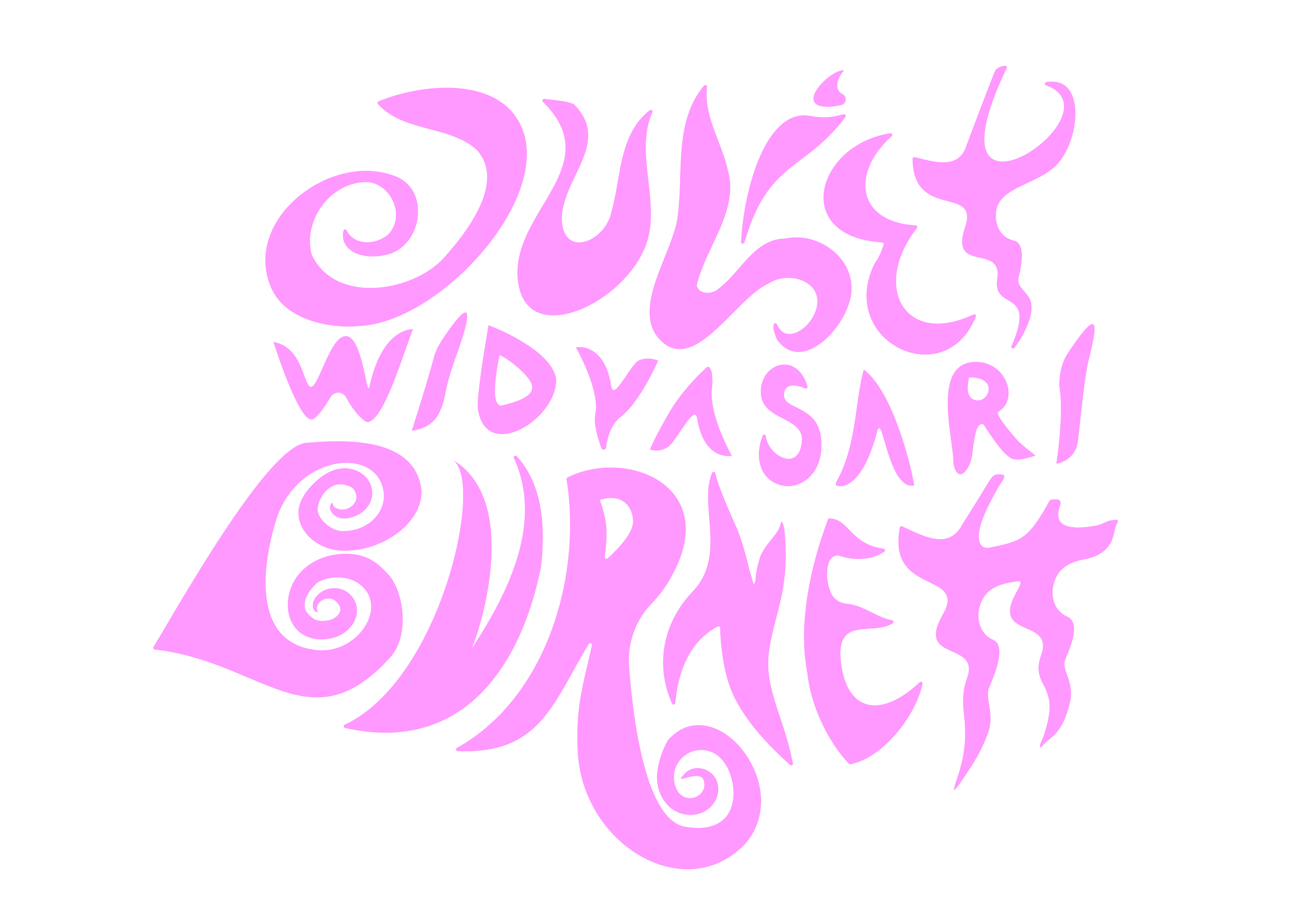time
ballerina Nora Kaye by Gjon Mili, 1947
I’ve always hated numbers.
Time is a wicked friend.
Not enough…too much.
Tempus fugit. Hurry, hurry! Get it while you can! Limited time only!
Time dictates life. Its miserly measure tempers our freedom. Our frustrations, dilemmas and destructors are borne of a lack of time, ill-timing, or poor time management. How can we find happiness when we are unfairly allocated such scant time in which to achieve success and find fulfilment?
I am constantly asked “what is the lifespan of a dancer?” Lifespan. As though life stops when I will stop dancing (one less eloquent person enquired “what is your expiry date?”). It’s true that in the context of our lives, the lifespan of a dancer is short, and that knowledge perennially taunts us in the periphery of our consciousness. Dancers are prisoners of time not just in the broad sense. We can work our guts out towards a role and yet there never seems to be enough time to rehearse - “we only have enough rehearsal time to put three casts on” – the opportunity passes.
Maybe next time?...
We want all this rehearsal time, and we also want to use some of our spare time in between for body conditioning such as Pilates, but that imposes on our rest and recovery time, so we risk exhaustion and muscle fatigue. In the rare instances where we feel as if we have too much time to prepare for performance, we easily become agitated by the lack of fresh stimulation or seemingly soulless repetition. We dance within the framework of the music. We must keep with the beat. Our movement prescribed by the time signature.
Plié on 3, jeté on 4, land on 5.
Keep in time.
Stay with the music, or you’re screwed,
we are told.
Finding freedom of expression within parameters. Daring to push or even nudge boundaries. Can we challenge time?
Patience and impatience are virtues that reference how we deal with time. Finding the balance between the grace of patience and the yearning of impatience is one of life’s ongoing and hardest lessons. Patience: being satisfied, perhaps complete; impatience: dissatisfied and incomplete. Oh how well acquainted and unreconciled we all are with the latter. The human condition is shaped by the pace of the perpetual movement of life in which it exists, so in this age of fast-tracking, technology and immediate results, finding the stillness of patience is immensely difficult. When we are taught to constantly strive for our goals, that hard work will be rewarded, that our success is in our own hands, how can we reconcile within ourselves the notion of just letting go, and waiting in hope for opportunity to impose itself on you?! The unbearable starving in between. Tick tock tick tock tick tock tick tock tick tock tick tock…
Patience has something up its sleeve, though: the reward of delayed gratification. Teasing, tormenting, tediously delayed gratification. The great pay-off for all that waiting, working, waiting. The knowing reminder that the cliché is right (succinct clichés, not wasting time with roundabout ruminations) about the journey being more important than the destination. Because those are the minutes and hours and days and years in which you grow and learn purely for yourself, not in addition to moulding yourself towards an endpoint. Your experience of the essence of living and happiness boils down to how you choose to use that time.
Time can be beautiful. Its fleetingness incites us to hold it close to our heart (beating: measured in beats per minute). The dreaded news that your time with a loved one has been estimated as a matter of days before they depart this world hits like a sickening punch in the gut. But an inexplicable part of our human resilience instinctively kicks in, steering you from a wallowing, dispirited mess towards courage and an open heart. You give all of yourself in the hope of creating beautiful memories of those final precious moments. When unfortunate circumstances arise, we have an increased capacity to optimise our time, and, once the pain has passed and the light is in view, inspire us to take on life with renewed vigour. Are these bittersweet life lessons designed to force us to confront our vulnerability so that we may strive more urgently for solace/gratification? Is the lesson that there actually may be no gratification, no destination, or that those things are as humble as simply living, when the one we love has to die?
Beethoven's Sonata No. 4 (Opus 7) by Jorinde Voigt 2012
The cold, hard mathematics of time is the means to an end. Art needs the stringency of parameters to channel rampant expression into a clearly articulated art work. All artists need to practice their technique - taking their time - to optimally communicate their ideas. The precision of technique is the means to the end. Dancers need the structure of music to truly express the intention of the dance work, using the rhythm and accents of the music as stimuli for punctuation in the sentence of the movement phrase. Dance with the music, dance in time.
Plié on 3, jeté on 4, land on 5.
The endless possibilities of expression with that phrase transcends words.
Time: the great organiser of the dizzying cacophony of life.
Life’s too short to fully contemplate this stuff.
Tempus fugit. Carpe diem.
Tick tock tick tock…



